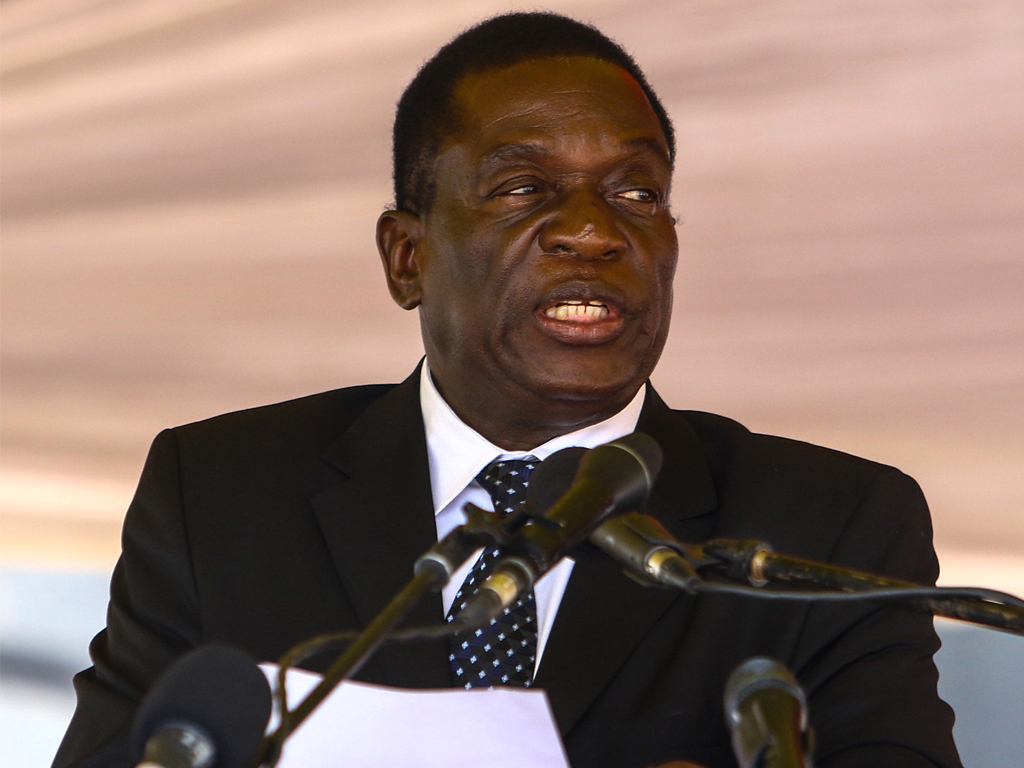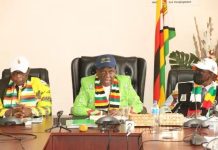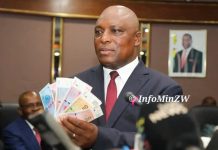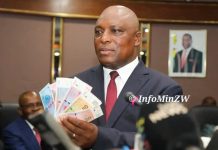The Zimbabwean dollar, re-introduced last year, is continuing to crumble despite frantic attempts by the government to forge ahead with plans to de-dollarise the economy.
The local unit was abandoned in 2009 after hyperinflation fuelled by excessive printing of money by the Reserve Bank of Zimbabwe (RBZ). The government then adopted the use of a basket of currencies, which continued until last year.
The Zimdollar was re-introduced through Statutory Instrument 142 of 2019, making it the sole legal tender and banning the multi-currency regime for all domestic transactions.
The local currency was brought back despite the conditions being unsuitable for its re-introduction. These include attaining a sustainable gross domestic product (GDP) growth rate of at least 7%; low and stable inflation; reducing the high debt ratios to very low and sustainable levels; increasing the level of savings and investments to at least 25% of GDP; reducing the balance-of-payments and at least six months’ import cover.
However, President Emmerson Mnangagwa has repeatedly declared that the country is not going back on using the Zimdollar as the sole legal tender.
Mnangagwa told Zanu PF’s annual party conference in Goromonzi that the government would not revert back to the use of a basket of multi-currencies.
“No progressive nation can progress without its own currency. However, we have so many among our people who fight this decision. We will not revert back to a basket of currencies, never, never, never,” Mnangagwa vowed back then.
In March this year, the President expressed similar sentiments while addressing a rally at Bumhira Secondary School in Nyanga North.
“We will continue to promote our own currency,” the he said. “To prosper as a nation, we must have our own currency. We cannot develop and prosper without our own currency. They may plot to destroy our currency, whatever they do, let me make it categorically clear — we will not go back on the currency issue. We will continue until our currency stabilises and strengthens. It is only with our local currency that we can develop as a nation.
“The American currency can only develop America, the rand can only develop South Africa, the pula can only develop Botswana, the kwacha can only develop Zambia and the metical can only develop Mozambique. And in Zimbabwe, can we continue to depend on other people’s currencies? No. We will continue to promote our own currency.”
The bravado underpinning Mnangagwa’s pronouncement on the local currency is in stark contrast to its rapid decline. This has fuelled inflation, which stood above 700% as of June 2020, decimating pensions and incomes.
Businesses and individuals are now opting to price goods and services in United States dollars or at inflated prices in local currency in order to hedge against inflation. This has resulted in workers demanding salaries in forex in the face of skyrocketing prices.
With the Zimdollar plummeting, government has backtracked on the mono-currency regime. The government, as at July 24, has authorised a dual-pricing system through Statutory Instrument (SI) 185 of 2020, barely a year after ditching other currencies in favour of the Zimdollar. the SI now stipulates the pricing of goods and services in both the Zimdollar and foreign currency. This is a tacit admission that the mono-currency regime is unsustainable despite official assertions to the contrary.
rior to the newly gazetted SI that authorised dual pricing, the government had made vain attempts to halt the use of foreign currency on the market despite it being used informally.
The authorities promulgated two further Statutory Instruments, SI 212 of 2019 and SI 213 of 2019, effectively outlawing the pricing, transacting and quoting of goods and services in foreign currency.
Part of SI 212 reads, “no person shall quote, display, label, charge, solicit for the payment of, receive or pay the price of any goods, services, fee or commission in any currency other than the Zimbabwe dollar; or (b) settle any obligation by barter or otherwise for a consideration that is not denominated by, or is not valued in, the Zimbabwean dollar or settle any obligation by barter or otherwise for a consideration that is not denominated by, or is not valued in, the Zimbabwean dollar.”
The SI preserved the use of foreign currency only for carbon tax payments for foreign-registered vehicles, third-party insurance payments for foreign-registered vehicles; road access fees for foreign-registered vehicles; electronic sealing fees and fines charged by or to trans-border logistics enterprises or trans-border electronic tracking or tagging enterprises, payments to local insurance companies for bond guarantees or bonds for designated goods.
SI 213 spelt out the civil penalties for not adhering to the use of Zimdollar for domestic transactions.
Already, the informal market is rejecting coins, bond notes as well as ZW$2 notes. That the two highest denominations, namely the ZW$20 and ZW$10 notes, are inadequate to buy a loaf of bread, shows the extent to which the Zimdollar has fallen.
It is now trading at US$1:ZW$100 on the parallel market and US$1:ZW$76 on the official market.
Government is desperate to preserve the value of the Zimdollar. It has suspended trading on the Zimbabwe Stock Exchange end of June blaming it on fuelling the activities of the black market which has caused the devaluing of the Zimdollar. Authorities have also suspended the operations of mobile money agents.






